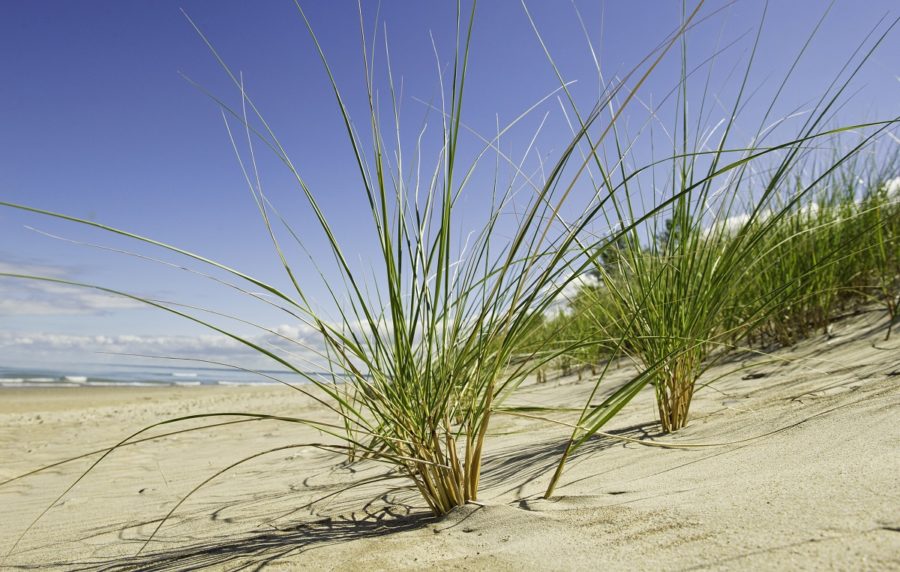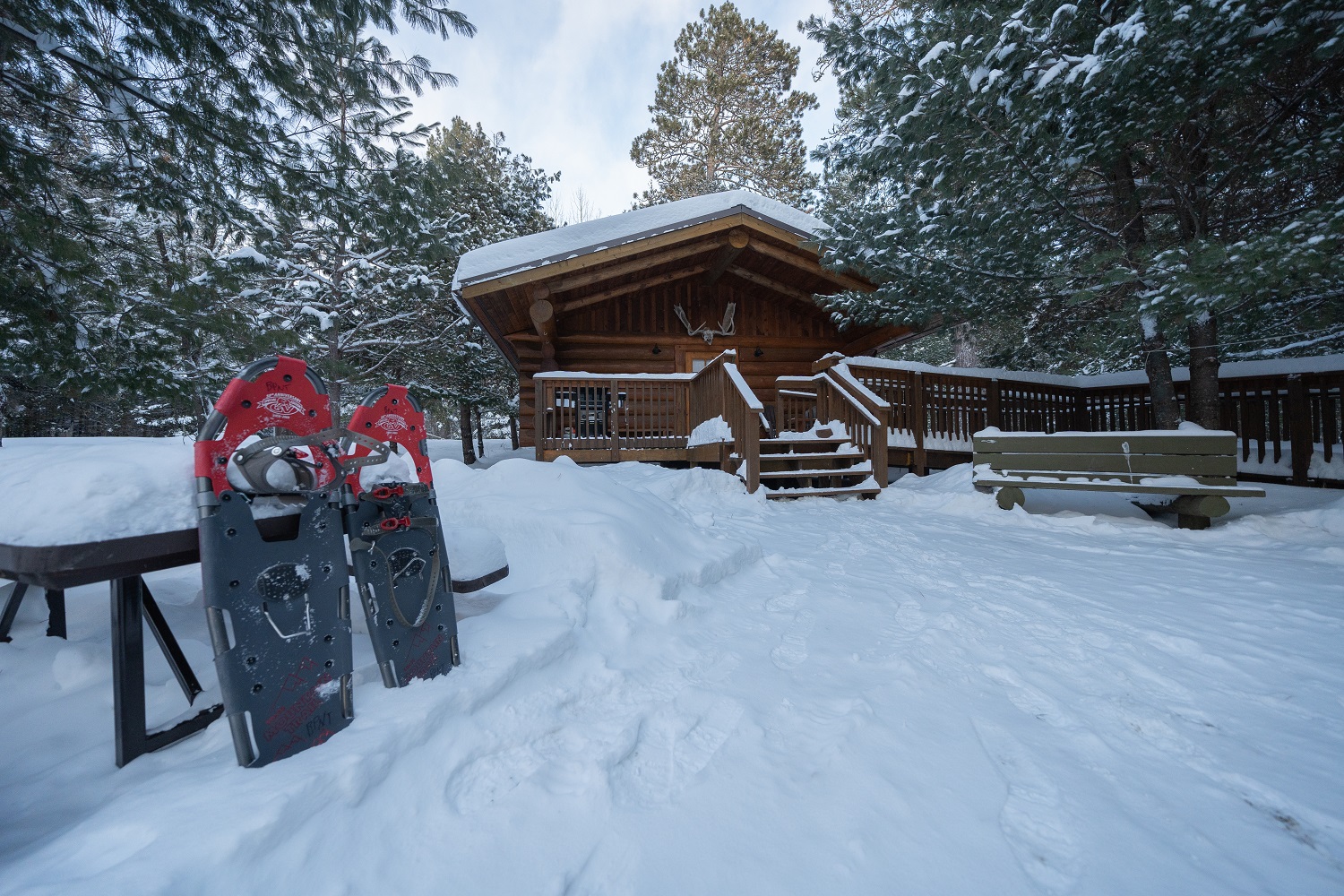
Today’s post comes from Alistair MacKenzie, our Supervisor of Natural Heritage Education and Resource Management at Pinery Provincial Park.
In a province dominated by the rock of the Canadian Shield, sand is rare. If we combined all of Ontario’s coastal sand dunes together, they would only make up less than 0.5% of our province’s land.
We can thank a simple fact of nature for the creation of Pinery Provincial Park and its rare dunes: namely, that differences in temperature between the air over Lake Huron and the adjacent landmass create an onshore breeze.
~
The creation of the dunes
 The Littoral Cell shown to the right has been responsible for the creation of all of the landmass in Pinery Provincial Park over the last 6,000 to 8,000 years.
The Littoral Cell shown to the right has been responsible for the creation of all of the landmass in Pinery Provincial Park over the last 6,000 to 8,000 years.
As the lake levels of ancient Lake Nipissing receded, erosion and deposition moved sand and rocks southward from the source sites (north of present-day Grand Bend) to the sink site (between Grand Bend and Kettle Point).
While Pinery usually gains sand each year, occasionally lake levels have risen and eroded material away from the Pinery shoreline.
This classic ebb and flow cycle has created a landscape that is always changing. In some periods, Pinery grows; in others, it gives back some of its sand to the lake.
If you’ve visited the park over the past decade, you’ll know that we’re currently in the midst of an ebb period, and the shoreline dunes of the park are being eroded away.
~
Embryo dunes
As mentioned above, the onshore breeze is ever-present, sometimes diminished to a minor whiff, but at other times raging across the surface of Lake Huron to hammer the Pinery shoreline. Regardless of its strength, the breeze carries sand grains from the beach inland, which creates small piles of sand known as embryo dunes.
The diagram below shows how Pinery grows when lake levels are lower.

Eroded sand from north of the park is carried southward by the longshore drift and deposited onto the shoreline between Grand Bend and Kettle Point. When waves recede, the sand grains left on the shoreline dry out and are then carried up the dune face by onshore breezes.
Saltation is the method by which sand grains hop and bounce up the beach and dune face. Dunes start to grow when sand grains are dropped by the wind and begin to accumulate behind beach debris. Thus, what seems like unsightly debris to some is actually the very foundation of the park. Dunes cannot form without logs and other natural objects that wash ashore.

From here, the most important plant in the park takes over to turn small piles of sand into towering dunes, at times many stories tall.
~
Marram Grass
Marram Grass (Ammophila breviligulata) is an amazing species that is perfectly adapted for life in the sand; able to withstand burial in up to a meter of sand annually, it weathers the scorching desert-like temperatures of summer and the icy cold of winter.

Marram Grass couldn’t be better suited to dune creation if designed intentionally by humans. Marram Grass spreads and grows in three key ways:
- It produces seed which is wind dispersed
- It grows clonally by increasing the number of stems in a clump each growing season
- It grows clonally by spreading rhizomes (underground stems) horizontally across the dune face beneath the surface of the sand
This final ability to grow rhizomes leads to the formation of a fishnet like web of plant matter across the dune face. Nothing is better suited for turning small mounds of sand into towering dunes than Marram Grass.
~
Microclimates and ecological succession
This pattern of embryo dunes being converted into towering dunes by Marram Grass, coupled with retreating lake levels over the past several thousand years, has resulted in an undulating landform that leads to the next amazing aspect of Pinery: microclimates.

Each dune face in Pinery – whether newly formed or stabilized and old – has slopes that are shaded and others that are bathed in sunshine. This variability leads to a variety of microclimates that offer the necessary conditions for thousands and thousands of life-forms to thrive.
As time passes, ecological succession takes over slowly adding more and more species and stabilizing the sand. Ultimately, an Oak Savanna establishes on the stabilized dunes.
~
Protecting our dunes
You play a key role in keeping this natural process intact.

We need our visitors to stick to established trails and stay off dune slopes. This will help Pinery’s ecological integrity thrive.
Swing by the Visitor Centre to speak with a park naturalist about our dunes, or to discover volunteer opportunities with the Friends of Pinery Park.


